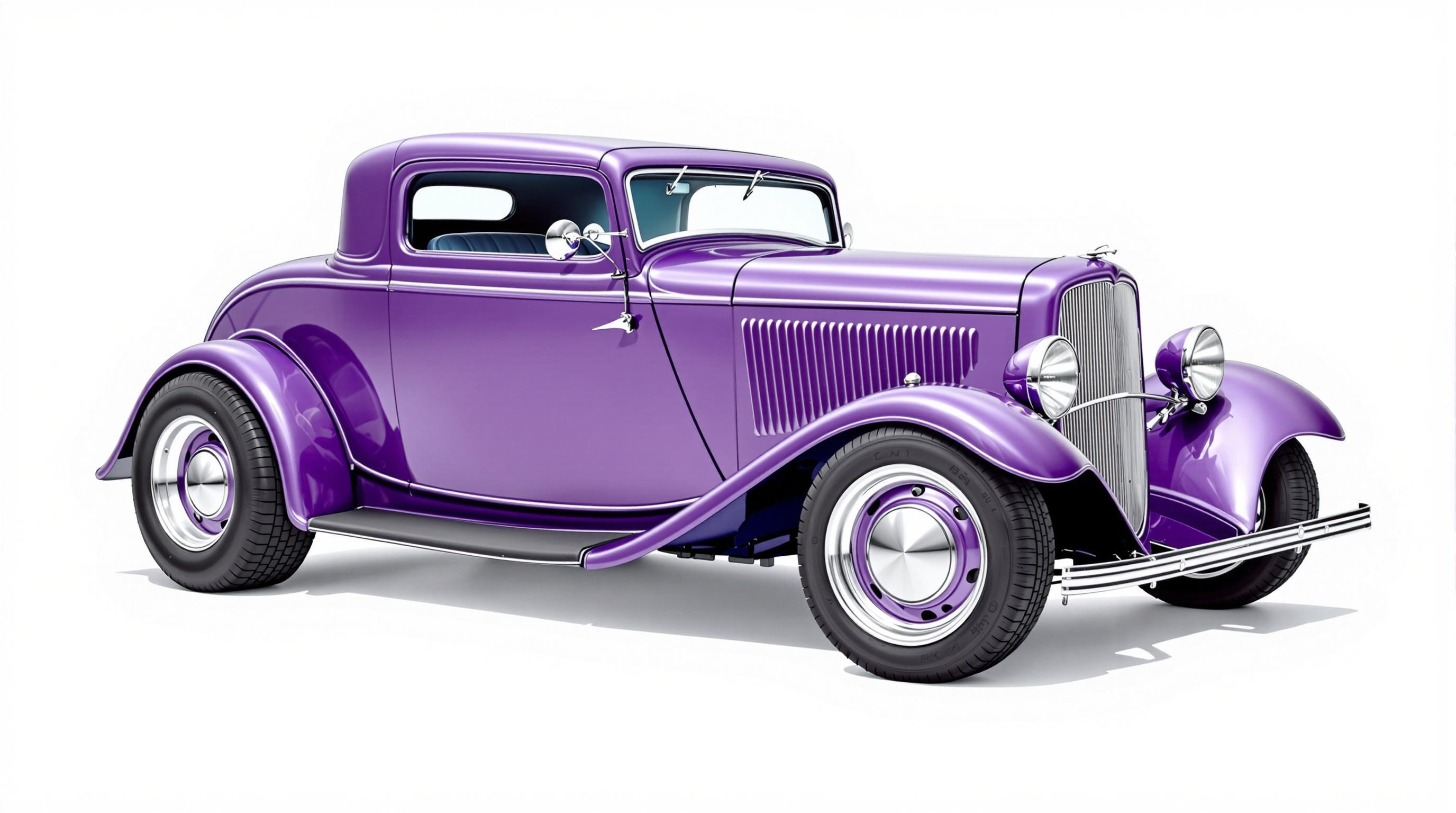
Image of 1932 Essex Six, Note: These illustrations use artistic license and may differ from actual historical models.
Unveiling the Legacy of Essex Motor Company
Step into the annals of automotive history, where the Essex Motor Company carved its niche as a purveyor of affordable and reliable vehicles. Established in 1918 as a division of the Hudson Motor Car Company, Essex aimed to produce moderately priced cars that could compete with the more expensive offerings of the era. It was a time when automobiles transitioned from luxury items to essential components of everyday life for many Americans.
The Dawn of Essex: A Historical Perspective
Essex's origin story is intertwined with the post-World War I economic boom in the United States, where a burgeoning middle class sought the independence and convenience that automobiles provided. The company responded by introducing models like the Essex FOUR, which quickly became known for their durability and value. By the early 1920s, Essex had established itself as a significant player in the industry, contributing to the widespread adoption of closed-body cars—a departure from the open-air models that had dominated the market.
A Notable Moment in Automotive History
One unique fact that sets Essex apart is its pioneering role in popularizing the affordable closed-body car with its 1922 Coach model. This innovation not only shielded passengers from inclement weather but also marked a shift towards greater comfort and style in everyday vehicles. This move by Essex played a pivotal role in shaping consumer expectations and would eventually lead to closed-body designs becoming the industry standard.
The Evolution of Essex: From Four to Super Six
Throughout its existence, Essex expanded its lineup to cater to a growing and diversifying market. The brand evolved from its initial FOUR series to introduce models like the powerful and stylish Essex Six and Super Six, which offered more advanced engineering and performance. The introduction of the Challenger and Pacemaker series further solidified Essex's reputation for delivering quality vehicles that were within reach for average consumers.
The Sunset of Production
Despite their early successes and contributions to automotive design, Essex ceased production in 1933, succumbing to economic pressures during the Great Depression. Its parent company, Hudson Motor Car Company, continued operations until it merged with Nash-Kelvinator Corporation in 1954 to form American Motors Corporation (AMC). Although Essex no longer produces vehicles, its legacy endures through classic car enthusiasts who cherish these symbols of early automotive innovation.
Discovering Classic Essex Models
If you're captivated by the allure of classic cars, exploring individual Essex models can be an enriching experience. Each model reflects a chapter of automotive history, showcasing design trends, technological advancements, and cultural shifts of its time. While we won't delve into each model here, rest assured that detailed guides, catalogs, and specifications are readily available for those who wish to delve deeper into the world of Essex vehicles.
To learn more about each of these iconic Essex models—from the robust 1919 FOUR series to the elegant 1932 Pacemaker—click on their respective links below. Discover what made these cars stand out in their heyday and why they continue to capture the imagination of classic car aficionados today.
